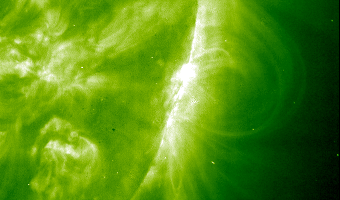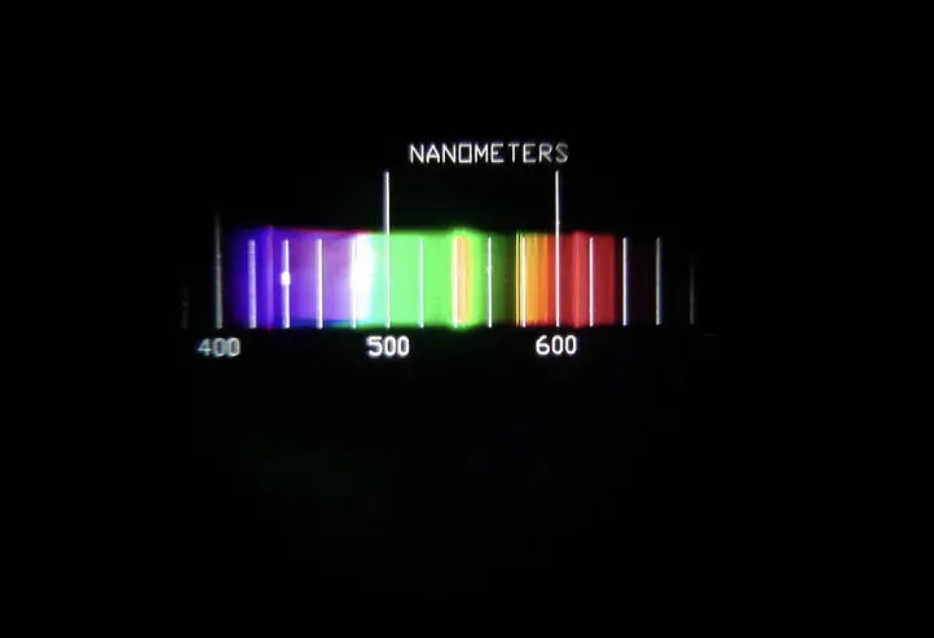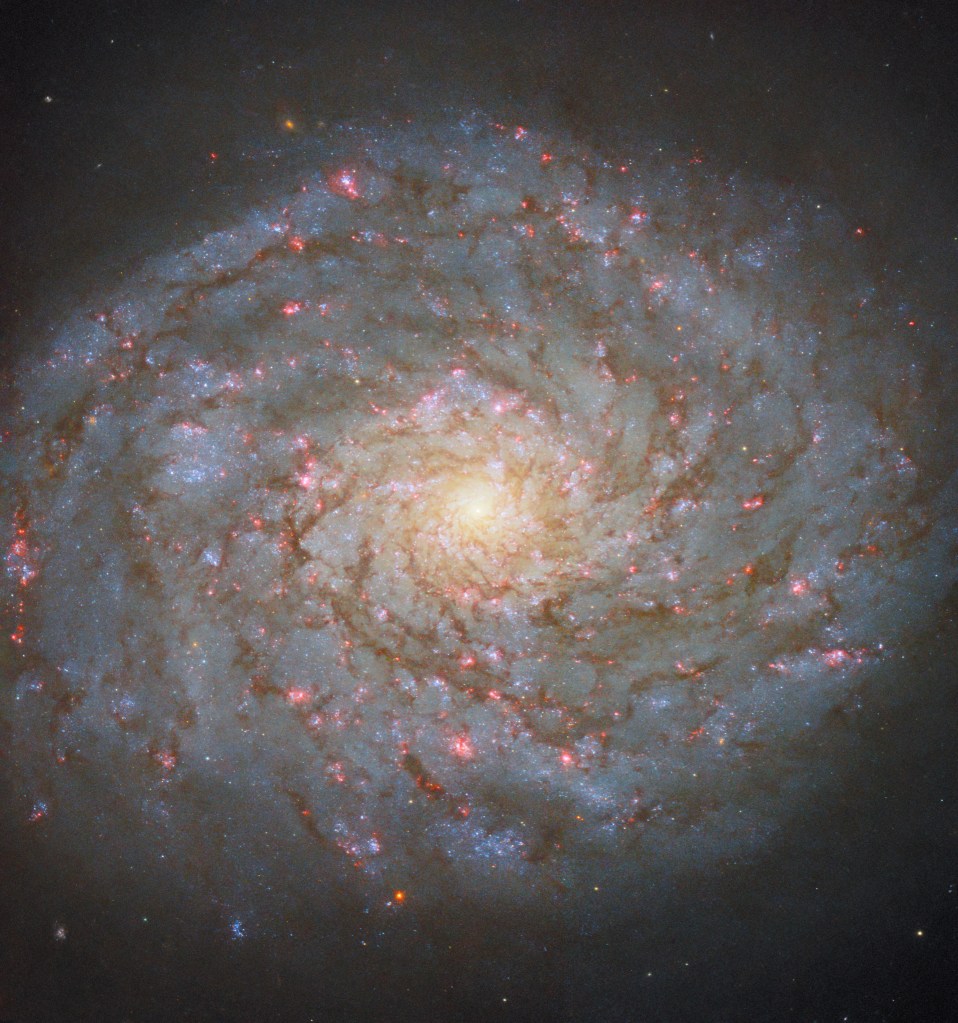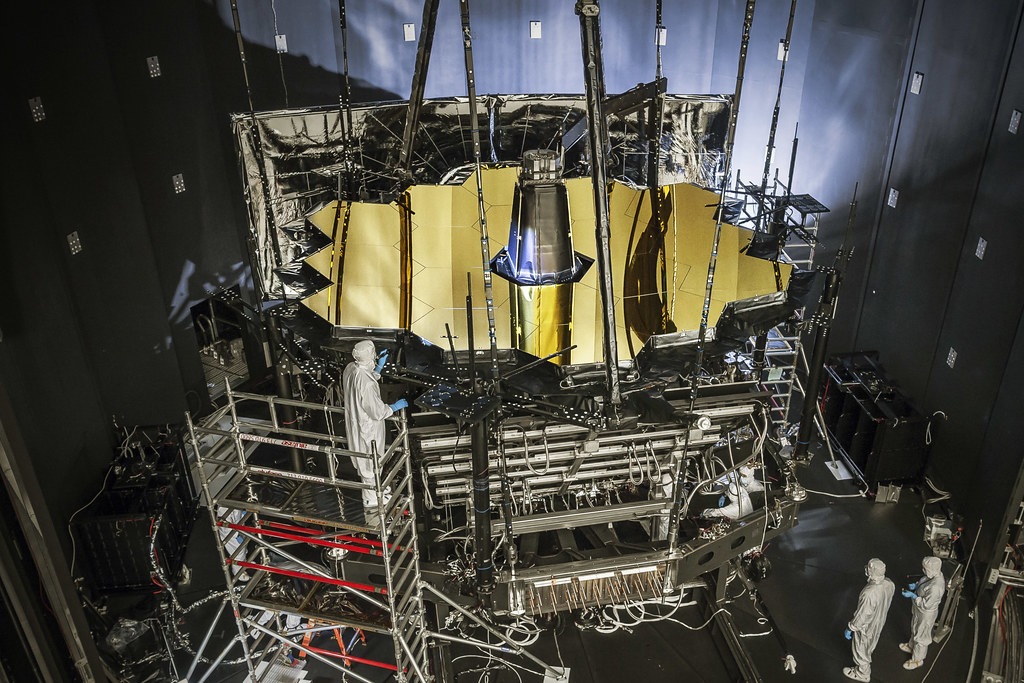Intermediate Guiding Question
How does light travel?
Big Idea 2.3
Educator Background
-
Light travels as a wave in a repeating pattern with a specific wavelength, frequency, and amplitude, and with constant speed. Unlike sound and water waves, light does not need any matter to carry its energy so it can travel through a vacuum, like space. When light shines on an object, it is reflected, absorbed, or transmitted through the object, depending on the object's material and the frequency of the light.
-
Learning Constraints
At this level, students come to understand light as electromagnetic radiation, and that it travels through space as a wave (MS-PS4-2). Students are able to identify how the properties of waves relate to color and the amount of energy the wave transfers (frequency) (MS-PS4-1, 2). Students experiment with how light interacts with different materials (MS-PS2-2).
-
Connect to Heliophysics
Connect to the Sun by having students think about how one photon of light starts at the core of the Sun and travels out through all of the layers of the Sun (which can take several tens of thousands of years) and then travels through space to Earth (8 minutes). Ask students what would happen when a light wave encounters something that reflects the light (like the Moon), absorbs the light (chloroplasts in plants), or that the light passes through (Earth’s atmosphere).
-
Extend Exploration
Extend student exploration of light by having students investigate how light is used to communicate information through digital signals (MS-PS4-3).
-
Differentiate for Beginner Learners
Support beginner learners by giving them more opportunities to experiment with light and how it interacts with different materials (PS4).
-
Differentiate for More Advanced Learners
Challenge students at the next level by having them investigate what a light year is. Scientists can identify how far objects are away from Earth based on how long it takes for the light from that object to reach Earth. This could be the light from a distant star, or the reflection of light off a planet or a moon. The more distant the object, the longer it takes for the light to travel. That is why a "light year" is a unit of distance, not time, which is a common misconception.

Hubble Science: Multiwavelength Astronomy: The Big Picture
Video Length: 3:58
Search the Resource Database for more videosRecommended Resources
Explore this guiding question with these intermediate level resources.
Heliophysics Resource Database
Use the guiding question above to explore resources at this level or go directly to our database to search for resources by level, NGSS performance expectation, topic, and mission.
Resource Database


































